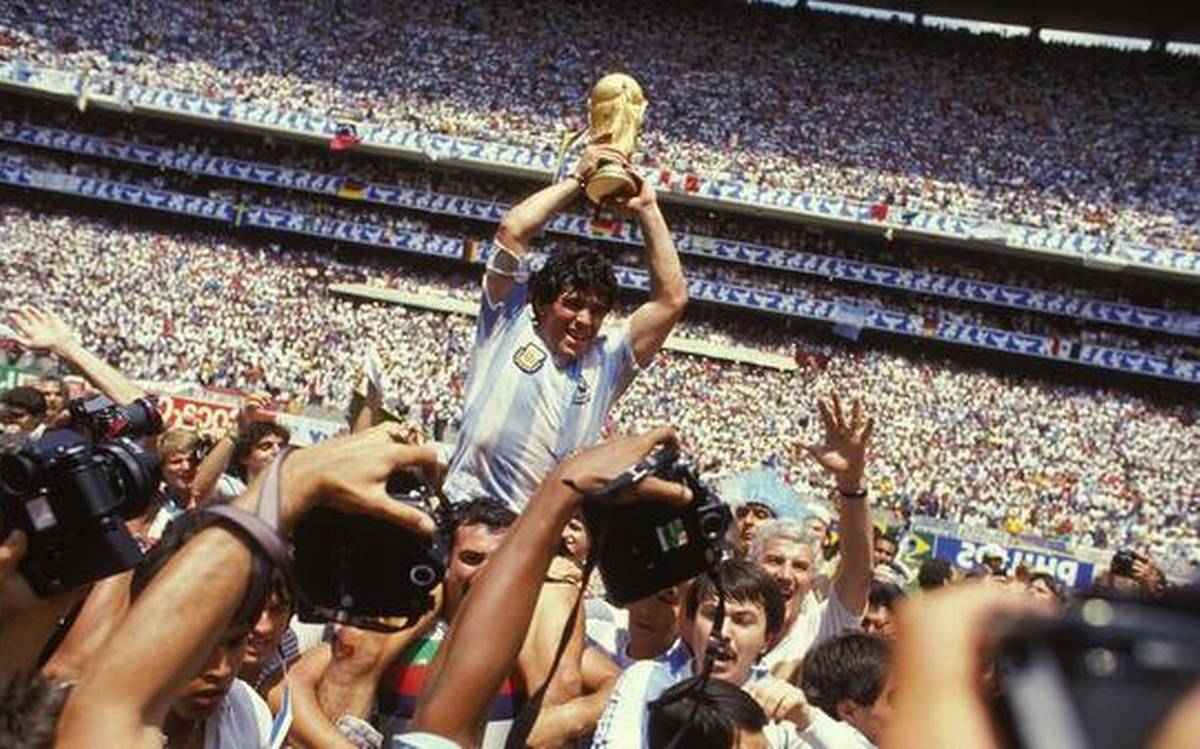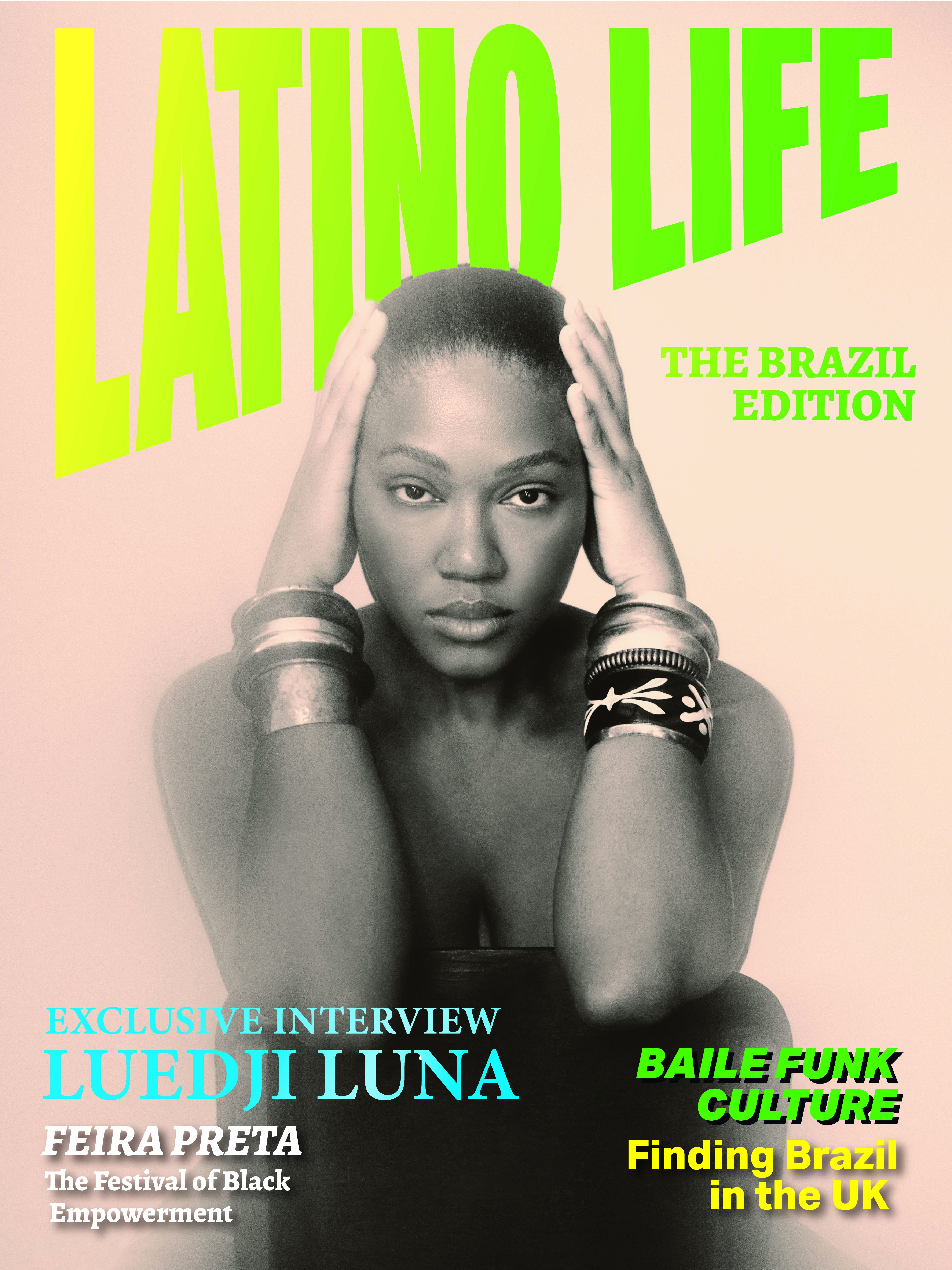Argentina is obsessed with the dead bodies of the famous. Evita’s corpse endured a 16-year secret journey across the world in a battle for possession between political forces. The hands of its most famous president Juan Perón and most famous revolutionary Che Guevara were mysteriously sawn off their corpses. When Perón’s mutilation was discovered in 1987, labour unions organized a mass protest. One can only imagine what will happen to Maradona’s hand, the one that nailed the defeat of the English piratas who humiliated the country in the Falklands War (a defeat that also brought the hated dictatorhsip to an end).
‘There are no better examples of collective delirium than the mass convulsions of the Argentine people at the funerals of Carlos Gardel and Evita, and the return of Perón in 1973,’ says historian Juan José Sebreli, referring to the tango icon, the beloved first lady and its iconic leader.
For the past century the common goal of trying to be ‘different’ and superior to the rest of Latin America defined Argentina. It is a strange breed of nationalism, a kind of collective narcissism that developed into what many other Latin Americans saw as arrogance, and Maradona, like Evita before him, had his own very special place in this national neurosis.
It order to understand the cult of Maradona you have to go back to the cult of Perón. General Juan Perón, seen as the father of the modern Argentine state in the 1950s, was the first to take advantage of the country’s psychological potential. At a time when immigrant society was hankering for a reference point, he rallied the nation around a simple notion: that Argentina was leading the noble battle against Britain and US economic imperialism and was on its way to becoming the greatest country in the world.
Even many of the intellectual and middle classes who loathed Perón’s totalitarian style were irrationally attracted to him. Perón as a symbol was the source of his power. For a sentimental, melancholic and insecure nation, Peronism provided more than just the singular satisfaction of Fatherland or Mother-country. With his wife Evita he offered a full Parent-nation. The mass hysteria that Evita's funeral provoked demonstrated Argentina’s collective love for a national heroine on a scale not be seen again in the world until Princess Diana's funeral 40 years later.
The Menem Years and the need for Maradona
Fast forward a couple of decades and, only six years after the dictatorship of the 1976-1983 which betrayed the original Peronist ideal in such a devastating fashion (30,000 mass disappearances of workers and students) Carlos Menem was elected on a Peronist platform in 1989.
Menem managed to manipulate the Peronist rhetoric and the old cultural symbols that inspired pride whilst introducing an ultra-neo-liberal economy that would have had nationalist Perón turning in his grave. Menem’s neo-liberal policies detroyed Argentine industry, drove the middle classes into poverty and widened the gap between rich and poor, while lining the pockets of politicians who shared the spoils of privatisations between them.
But just as Perón had Evita by his side to rally the people to his vision, Menem had Maradona: the man that moved hearts. The footballer supported Menem's election campaigns and during all his years in office Menem both exploited Maradona’s image in order to ally himself with the people and manipulated his addictions and scraps with the law to make sure the nationa's football idol was well dependent on his favour. Maradona went from being held hostage by the mafia that he had just escaped from in Naples, to being held hostage by the governing political class in Buenos Aires.
Maradona’s endorsement secured Menem his image of the president of the people; they would groan about the ‘pais de mierda’ (shitty country), but when it came to Maradona their nationalistic fervour returned like a cyclone. Just as the image of Evita could not be tainted by the Church’s moralistic criticisms, the vices of Maradona were continually pardoned by a public that rallied to his defence, just as they did the president. Menem protected Maradona as long as Maradona protected him.
The Kirchner Years ….And still Maradona
Tainted by allegations of corruption, Menem withdrew from the presidential elections of 2003, certain he would only face a humiliating defeat at the hands of the then relatively unknown Néstor Kirchner. Yes, another Peronist. Néstor death heralded the coronation of his wife, the Cristina. At first, few expressed anything more than tentative support for Cristina Kirchner; the old murmurings of pais de mierda, echoing around the countries tango halls and football stadiums. That was until Cristina invoked the image of Evita. She described herself as an ‘Evita of the hair in a bun and the clenched fist before a microphone,’ referring to the self-professed combative political style that she shared with Perón.
The two women also shared a love of extravagent fashion, jewellry and glamour; one of the most common accusations aimed at Cristina Fernández de Kirchner, is her garish wardrobe and of the time and money she devotes to hair and make-up before public appearances and speeches, which she invariably gives to the backdrop of Evita. Just as divisive a figure as was Evita, Argentina can't resist the allure of Cristina. Having got rid of her as President, the country voted her back into government, where she currently serves as Vice President.
Right throughout the period of Kirchnerismo, if Evita inspired a quasi-religious feeling among Argentines, there was something else that the people seem irrationally attracted to: gloom. Many people seem given to making exaggerated claims about the lamentable state of Argentina. One girl told me ‘things are worse now than in 2001.’ Another claims that Cristina is ‘as bad as the military junta.’ Pessimism is everywhere; nobody thinks that Argentina is moving in a positive direction.
But there was still Diego Maradona. If Argentines like to deposit their collective emotional energy into a single character, the life of Diego Maradona seems bizarrely to mirror the Argentine self-image - huge potential and talent marred by a troubled self-perception.
Throughout his battles with drug addiction and obesity the public rallied to his defence. It is understandable, he was as much a victim of manipulation as he was a bad decision-maker. But he was also seen by many as an embarrassment: almost bungling Argentina’s 2010 World Cup qualification as manager, delivering astonishing tirades at the media – ‘suck it and carry on sucking it’ – and displaying atrocious behaviour from the balcony of the last World Cup in Russia.
Yet, beneath the scepticism, the Argentine psyche could never quite give up on this national icon (and their own pride), however much embarrassment he causes. After all, it was Maradona's ‘Hand of God’ goal that helped Argentina win the 1986 World Cup and restore a sense of national pride. Just a mention of that magic moment today will put a gleaming smile on the face of any Argentine, no matter what class. What will happen to that hand is anyone’s guess.


















